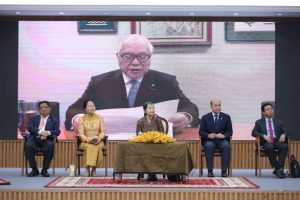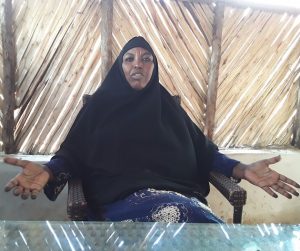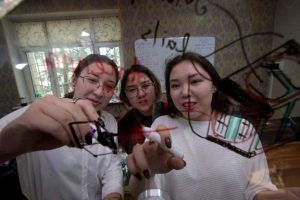Nyxoah Publiera le 22 mars 2023 ses Rsultats Financiers du Quatrime Trimestre et de l'Anne 2022
Mont–Saint–Guibert, Belgique "" 8 mars 2023, 22h30 CET / 16h30 ET "" Nyxoah SA (Euronext Bruxelles/Nasdaq : NYXH) ( Nyxoah ou la Socit ) opre dans le secteur des technologies mdicales et se concentre sur le dveloppement et la commercialisation de solutions innovantes destines traiter le Syndrome d'Apnes Obstructives du Sommeil (SAOS). La Socit a annonc aujourd'hui qu'elle publiera ses rsultats financiers pour le quatrime trimestre et l'anne 2022 le mercredi 22 mars 2023, aprs la clture du march. Le management de la socit organisera une confrence tlphonique pour discuter des rsultats financiers ce jour–l partir de 22h30 CET / 16h30 ET.
Les investisseurs souhaitant couter la confrence tlphonique peuvent le faire en s'inscrivant pour obtenir un code PIN personnel unique sur le lien suivant : Conference Registration (vevent.com). Une retransmission en direct et archive de l'vnement sera disponible sur le site web de la socit consacr aux relations avec les investisseurs, l'adresse https://investors.nyxoah.com/events.
propos de Nyxoah
Nyxoah opre dans le secteur des technologies mdicales. Elle se concentre sur le dveloppement et la commercialisation de solutions innovantes destines traiter le Syndrome d'Apnes Obstructives du Sommeil (SAOS). La principale solution de Nyxoah est le systme Genio , une thrapie de neurostimulation du nerf hypoglosse de nouvelle gnration centre sur le patient, sans sonde ni batterie implante et destine traiter le Syndrome d'Apnes Obstructives du Sommeil (SAOS), le trouble respiratoire du sommeil le plus courant au monde. Ce dernier est associ un risque accru de mortalit et des comorbidits cardiovasculaires. Nyxoah est motiv par la vision selon laquelle les patients souffrant de SAOS devraient profiter de nuits reposantes et se sentir en mesure de vivre pleinement leur vie.
la suite de la finalisation probante de l'tude BLAST OSA, le systme Genio a reu le marquage europen CE en 2019. Nyxoah a ralis deux introductions en bourse avec succs : sur Euronext en septembre 2020 et au NASDAQ en juillet 2021. Suite aux rsultats positifs de l'tude BETTER SLEEP, Nyxoah a obtenu l'approbation marquage CE pour le traitement des patients atteints de Collapse Circonfrentiel Complet (CCC), actuellement contre–indiqu dans les thrapies concurrentes. De plus, la Socit mne actuellement l'tude pivot DREAM IDE en vue de l'approbation FDA et de la commercialisation aux tats–Unis.
Pour plus d'informations, visitez http://www.nyxoah.com/
Attention "" Marquage CE depuis 2019. Dispositif exprimental aux tats–Unis. Limit par la loi fdrale amricaine une utilisation exprimentale aux tats–Unis.
Contact :
Nyxoah
David DeMartino, Chief Strategy Officer
david.demartino@nyxoah.com
+1 310 310 1313
Pice jointe

GLOBENEWSWIRE (Distribution ID 1000797004)










